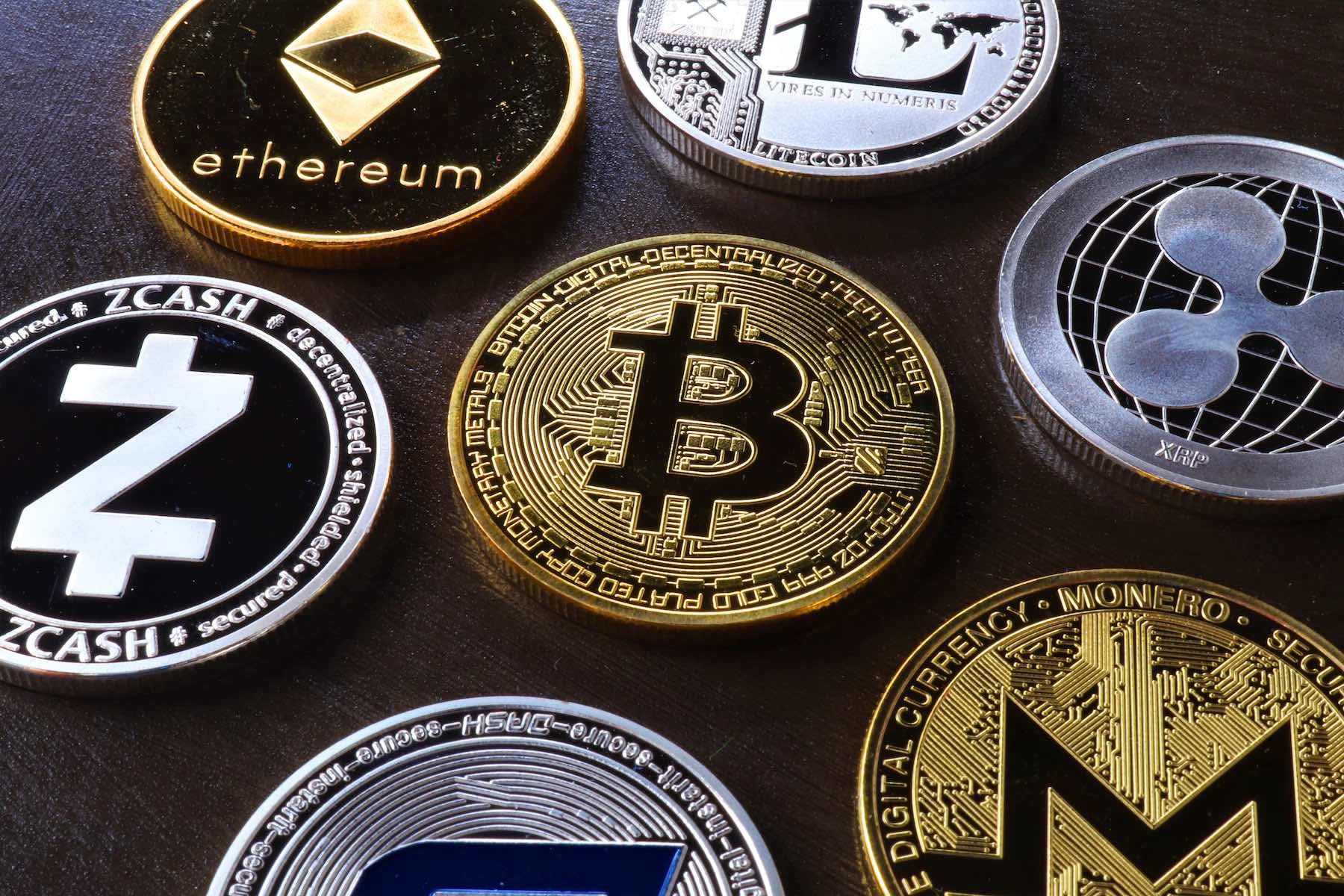If you visit a site such as CoinMarketCap, you can see on the homepage the current number of cryptocurrencies that have been defined on the platform. That number is over 25,000. Of course, many of these cryptocurrencies are dead projects, meaningless meme coins, and more. But not even 20 years ago, that number was zero. There were no cryptocurrencies.
As we’ll see cryptography was certainly a thing, but crypto as we know it today is all thanks to the first cryptocurrency. The first, and what most consider to be the best digital asset on the market. Its name doesn’t even need to be said in all likelihood. But its creation along with blockchain technology were the first instance of cryptocurrency. Let’s start with cryptography.
1990s Precursors to Crypto
David Chaum was an American cryptographer. Cryptography is a way in which to send and receive information that can’t be interpreted if intercepted, encryption and decryption. In 1995, Chaum created an anonymous cryptographic electronic money called Digicash. Digicash required user software to withdraw from a bank, and then required specific encrypted keys before it could be sent to a recipient. This was then untraceable by the bank, government, or any third-party.
Just three years later in 1998, Bit Gold was designed by Nick Szabo. Bit Gold required users to dedicate computer power to solving cryptographic puzzles. Those who solved the puzzle received a reward. The issue Szabo ran into though, was that he still needed a central authority like a bank to watch over Bit Gold.
When you put Chaum and Szabo’s concepts together, you get a makeshift Bitcoin. Digicash helped to provide the basis for private keys (essentially a PIN), and Bit Gold helped to provide the basis for crypto mining (using computer power to solve puzzles and earn rewards).
A decade later, the mysterious Satoshi Nakamoto published a white paper called Bitcoin – A Peer to Peer Electronic Cash System, and Bitcoin, the first cryptocurrency, began its life.
Bitcoin
On October 31, 2008, Satoshi Nakamoto published the Bitcoin white paper, describing the functionality of the Bitcoin blockchain network. No one really knows who he, she, or they are, and there has been much debate as to the identity of Nakamoto. Real identity notwithstanding, Satoshi formally began work on Bitcoin on August 18th, 2008, when they purchased Bitcoin.org. The history of Bitcoin was then underway.
Satoshi Nakamoto mined Bitcoin’s first block on January 3, 2009. They embedded a headline from The Times newspaper in this initial block: “The Times 03/Jan/2009 Chancellor on brink of second bailout for banks.” This was making a permanent reference to the economic conditions involving bank bailouts during the 2008 mortgage crisis and the centralized financial system. Something that we’ve reexperienced in 2023.
The first block, which had a block reward of 50 bitcoins being, is now referred to as the Genesis Block. Bitcoin had virtually no value at this time and didn’t really have any use as a means of payment until the infamous Bitcoin Pizza Day in May 2010.
By October 2011, Litecoin (LTC) had appeared, as had other conceptualizations of Bitcoin, often referred to as altcoins. They were all derived from Bitcoin’s code, which was and remains to be open-source.
Why Was Bitcoin Created?
Bitcoin – A Peer to Peer Electronic Cash System was released in 2008, in the midst of the subprime mortgage crisis in the US. Nakamoto began working on Bitcoin around the time of the start of the mortgage crisis in the US, which seems no small coincidence. The inclusion of the Times headline in the first Genesis block regarding bank bailouts furthers this. Nakamoto created a foundation for cryptographically secure systems that can’t be tampered with, are transparent, and can’t be censored in Bitcoin, the first cryptocurrency.
Bitcoin’s peer-to-peer (P2P) system is designed to allow individuals to reclaim financial power through a decentralized financial system. This is a major goal of most cryptocurrencies, but is exemplified by Bitcoin. Decentralization eliminates the need for actors such as companies, financial institutions, or governments, to be part of the infrastructure of blockchain networks, without sacrificing security. A decentralized system would ensure you always have access to your funds when you want to, unlike when Silicon Valley Bank depositors tried to get out their money in early March.
The difference between blockchain and the financial systems which created the mortgage crisis is that transactions are visible to all participants and securely distributed across an entire network. This means it can be audited by the public.
Had there been more transparency within the centralized financial system, the 2008 mortgage crisis could perhaps have been avoided. With more banking failures occurring again over 15 years later, one starts to wonder when the system might change.
